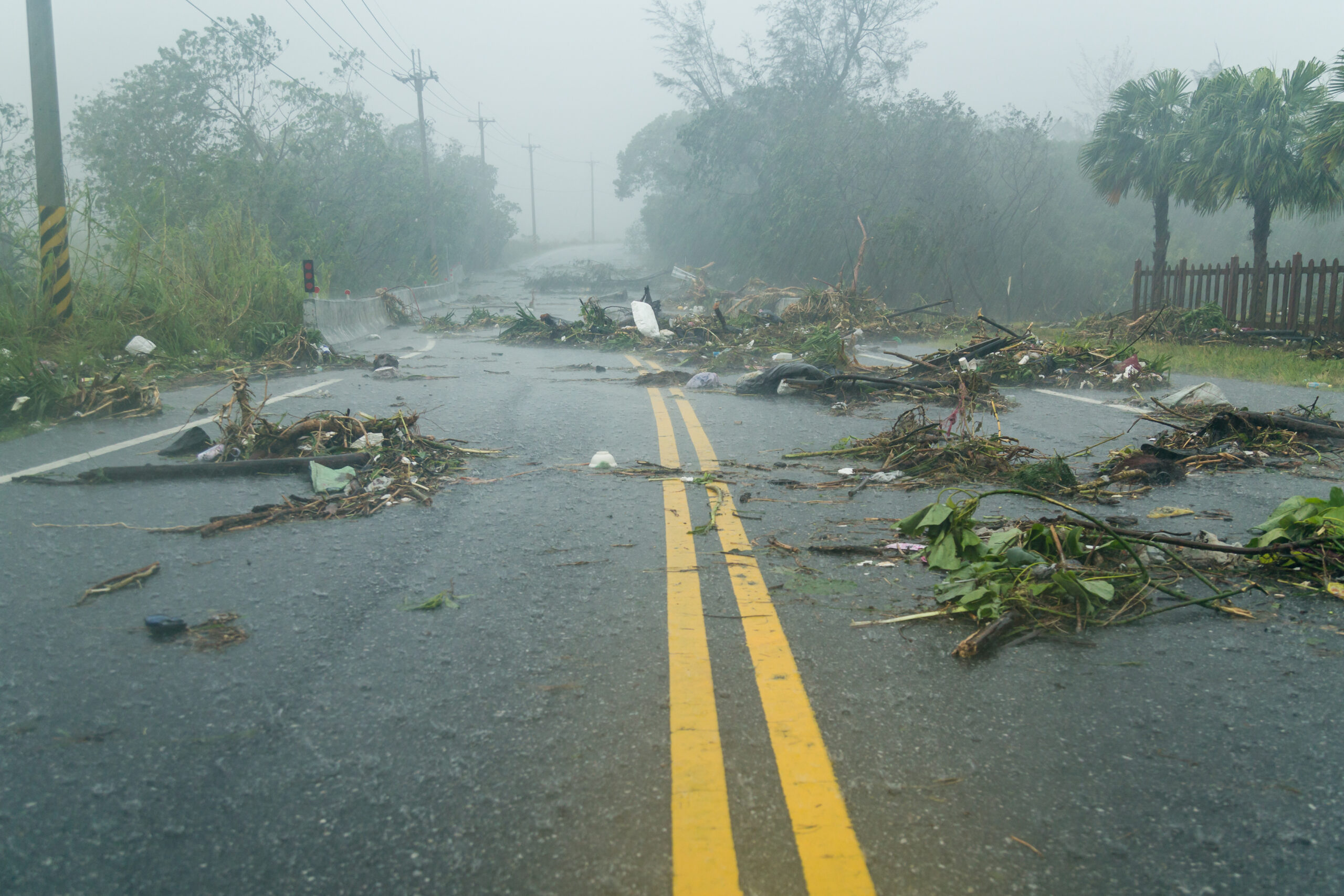The disproportionate impacts of COVID-19 across communities of color is undeniable. In June, we shared an infographic showing some of the systemic inequities Blacks and Latinx groups face, including lower access to healthcare, higher incidence of comorbidities, and higher rates of contracting COVID-19 than for White counterparts. One year on since the beginning of the pandemic, and Latinx and Blacks are still 2.3 and 1.9 times more likely to die from COVID according to the CDC.
Wanting to further understand the impact of the COVID-19 pandemic on communities of color, Healthcare Ready, with support from the Walmart Foundation, launched a research effort to help the experiences of individuals and organizations on the ground. We conducted interviews with representatives from 30 community-based organizations (CBOs) in Baton Rouge, Louisiana and Hidalgo County, Texas, including food banks, school administrators, advocacy organizations and other CBOs. These conversations revealed similar needs across both regions, with the most prevalent needs having to do with increased inability to pay for basic necessities such as food, rent, and utilities. The increase in needs around basic supports is indicative of widespread financial hardship, which may be linked to instability in employment.
“Many parents have lost their jobs which has led to difficulty in maintaining quality of life,” noted one school administrator in Hidalgo County, Texas.
Not unrelated is the emotional burden tied to the challenge of meeting daily needs, which many interviewees described as sustained anxiety and depression among individuals in their communities. For CBOs themselves, many also cited an increased demand for assistance and services that was made more difficult by a simultaneous cut in funding to communities serving organizations in 2019.
Prior to the pandemic, the latest census data shows poverty rates for Hidalgo and Baton Rouge to be 26.9% and 24.8%, respectively. Just under 50% of households were receiving SNAP benefits in Louisiana, indicating that many were already struggling with food insecurity.
Food insecurity “reared its head almost immediately after the shut-down. [It] was especially apparent and dire in the school system,” said one interviewee from a Baton Rouge non-profit working to reduce poverty and eliminate food deserts in the area.
As we begin to look ahead at what needs will persist in the aftermath of COVID, we can expect to see the economic downturn continue to affect families struggling to obtain basic needs and stable employment. Although this may paint a bleak picture of the future, an essential part of recovery will be equipping community organizations with the resources and partnerships they need. Various CBOs cited systemic changes such as updating the poverty line to align with current cost of living and greater investments in accessible transportation systems. In order to evaluate and accomplish these changes, open and consistent collaboration between the public sector and private sector (e.g., local and state government) is crucial, and will allow for the journey towards recovery and resilience to begin.






